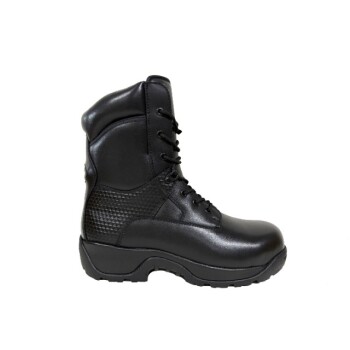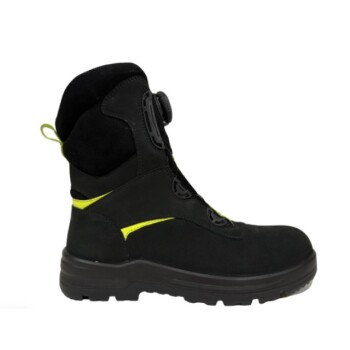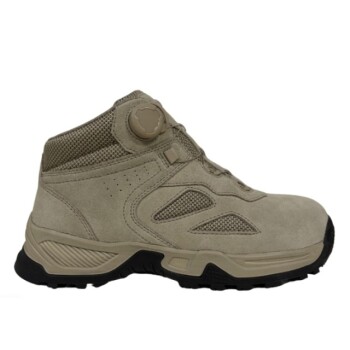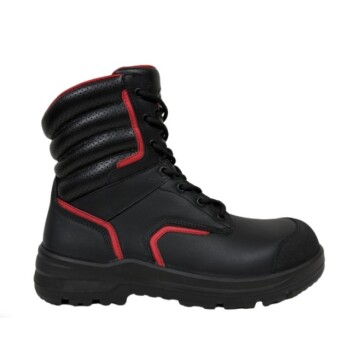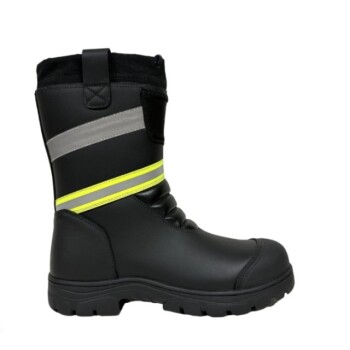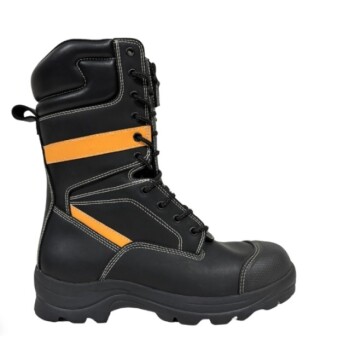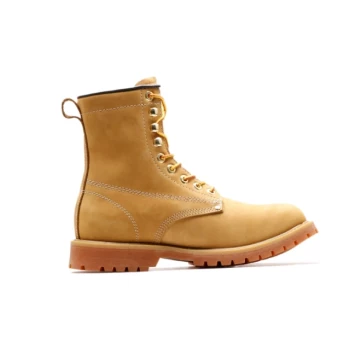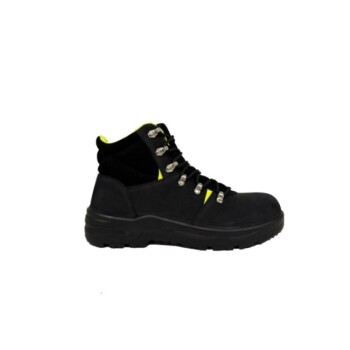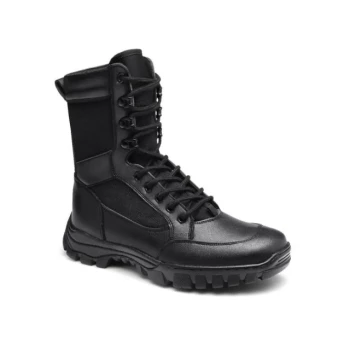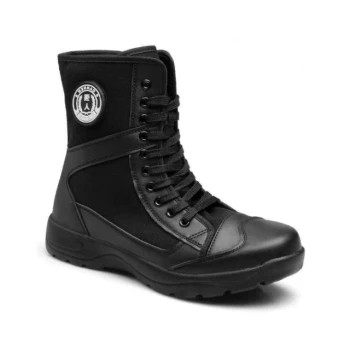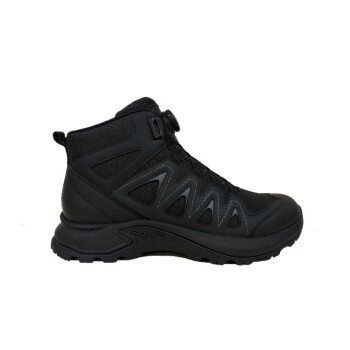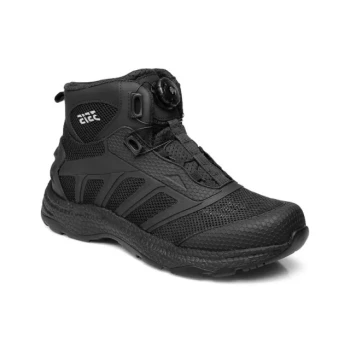Choosing the right walking boot is a critical step in your recovery, as different designs serve distinct medical purposes. The main types include Standard CAM boots for stable injuries, Air CAM boots with adjustable compression for swelling, Full Shell boots for maximum protection, and Range of Motion (ROM) boots that allow controlled movement during rehabilitation.
The ideal walking boot is not a one-size-fits-all solution. Your choice must align directly with your specific injury's need for stability, your level of swelling, and your rehabilitation goals for mobility.
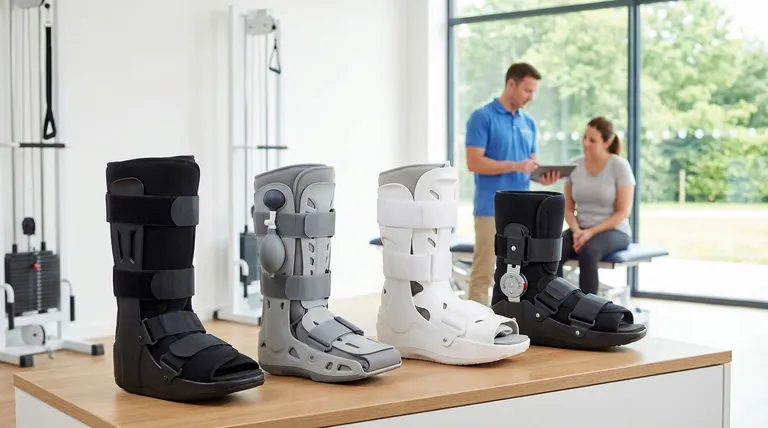
Core Boot Types: Matching Design to Injury
The primary difference between walking boots lies in the level of protection and specific function they offer. This is determined by the boot's structure and intended use case, from initial immobilization to late-stage recovery.
Standard CAM Boots
A Standard CAM (Controlled Ankle Motion) boot is the foundational option for many injuries. It is designed to immobilize the foot and ankle effectively.
These boots are best suited for stable fractures, stress fractures, and mild to moderate sprains where the primary goal is consistent support without the need to manage significant swelling.
Air CAM Boots (Pneumatic)
Air CAM boots build upon the standard design by incorporating inflatable air cells into the liner. These bladders can be inflated or deflated to provide customized compression.
This feature is crucial for managing swelling, which is common in the acute phase of an injury. The adjustable compression helps reduce edema while maintaining a snug, secure fit as swelling fluctuates.
Full Shell Boots
As the name implies, a Full Shell boot provides the highest level of protection by completely encasing the lower leg, ankle, and foot in a rigid shell.
This design is reserved for severe, unstable fractures or post-operative recovery where any unintended movement could compromise healing. It offers maximum rigidity and impact protection.
Range of Motion (ROM) Boots
A Range of Motion (ROM) boot features a specialized hinge at the ankle that can be adjusted. This hinge allows a clinician to set specific, controlled limits on ankle movement.
This boot is a transitional tool used during rehabilitation. It allows a patient to gradually and safely reintroduce movement to the joint, which is vital for rebuilding strength and flexibility.
Wide CAM Boots
This is a specialty fit rather than a functional type. It is designed with a wider footbed and a more accommodating structure.
This is the appropriate choice for individuals with naturally wide feet or significant bandaging that would not fit comfortably into a standard-sized boot.
Key Features That Define Function
Beyond the core type, specific components like the sole and insole dramatically affect the boot's performance during daily use.
The Sole: Rocker vs. Flat
The design of the sole dictates how you walk. A rocker sole is curved, promoting a smoother, more natural rolling motion from heel to toe. This makes walking for longer distances feel more efficient.
In contrast, a flat, skid-proof sole offers maximum surface contact with the ground. This enhances stability, making it superior for standing, but can result in a more awkward, clunky gait when walking.
The Insole: Arch Support and Fit
Proper foot support inside the boot is essential for comfort and alignment. Most boots come with a standard medium arch insole, but these are often removable.
This allows you to insert your own custom orthotics if you require high or low arch support, ensuring that your foot is properly supported throughout the healing process.
Understanding the Trade-offs
Choosing a boot involves balancing competing needs. Understanding these compromises is key to selecting the most effective option.
Protection vs. Mobility
There is a direct trade-off between the level of protection and ease of movement. A Full Shell boot offers maximum security but is often heavier and more cumbersome, significantly limiting mobility.
A Standard CAM boot is lighter and less restrictive, but it provides less protection against impact and movement, making it unsuitable for severe injuries.
Simplicity vs. Adjustability
A standard boot is straightforward and easy to use. However, boots with advanced features like air cells (Air CAM) or adjustable hinges (ROM) offer superior control.
This added complexity requires proper instruction to use correctly. Mismanaged compression or an improperly set hinge can hinder, rather than help, your recovery.
Making the Right Choice for Your Recovery Stage
Your selection should be guided by your specific medical needs and recovery phase. Always consult with your healthcare provider to confirm the appropriate choice.
- If your primary focus is initial healing of a severe injury or post-surgery: A Full Shell or Air CAM boot provides the necessary protection and swelling management.
- If your primary focus is a stable fracture or moderate sprain with swelling: An Air CAM boot offers the ideal balance of support and adjustable compression.
- If your primary focus is a mild, stable injury with minimal swelling: A Standard CAM boot often provides sufficient support for daily activities.
- If your primary focus is rehabilitation and reintroducing movement: A Range of Motion (ROM) boot is designed to safely guide your ankle through a controlled healing process.
Selecting the correct boot is an active part of your healing, empowering you to recover safely and effectively.
Summary Table:
| Boot Type | Key Feature | Best For |
|---|---|---|
| Standard CAM Boot | Basic immobilization | Stable fractures, mild sprains |
| Air CAM Boot | Adjustable air cells for compression | Injuries with significant swelling |
| Full Shell Boot | Maximum rigid protection | Severe/unstable fractures, post-surgery |
| ROM Boot | Adjustable hinge for controlled movement | Rehabilitation phase |
| Wide CAM Boot | Extra-wide footbed | Wide feet or bulky bandaging |
Need a reliable supplier for medical walking boots? As a large-scale manufacturer, 3515 produces a comprehensive range of orthopedic footwear for distributors, brand owners, and bulk clients. Our production capabilities ensure high-quality CAM boots, Air boots, Full Shell boots, and ROM boots tailored to your market's needs. Let us support your business with durable, patient-focused solutions—contact us today to discuss your requirements!
Visual Guide

Related Products
- Safety Footwear Wholesale Manufacturer for Custom OEM/ODM Production
- Premium Grain Leather Safety Boots for Bulk Supply
- Customizable Anti-Smash Safety Boots for Wholesale & Private Label Manufacturing
- Premium High-Cut Waterproof Safety Boots Manufacturing & Wholesale Solutions
- Wholesale Safety Footwear Manufacturer for Bulk & Custom OEM Orders
People Also Ask
- What are the differences between steel toe, composite toe, and alloy toe Wellington boots? Choose the Right Safety Toe for Your Job
- Is safety-toe as good as steel toe? Choose the Right Protection for Your Job
- Is it normal to wear shoes in the house? A Guide to Hygiene, Comfort & Culture
- How long can you wear safety boots? The Lifespan is Determined by Wear, Not Time
- What cultural and environmental considerations are tied to wearing shoes indoors? Balance Hygiene, Tradition, and Foot Health

